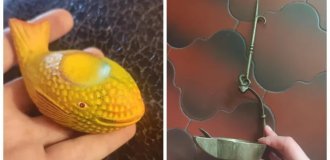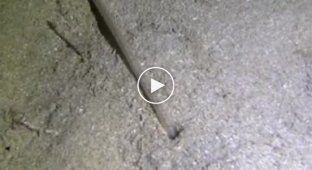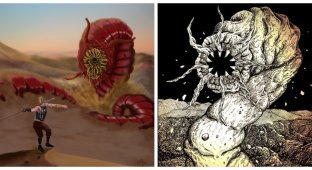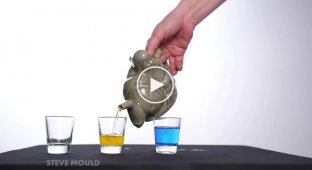Because of him, the British conquered half the world. 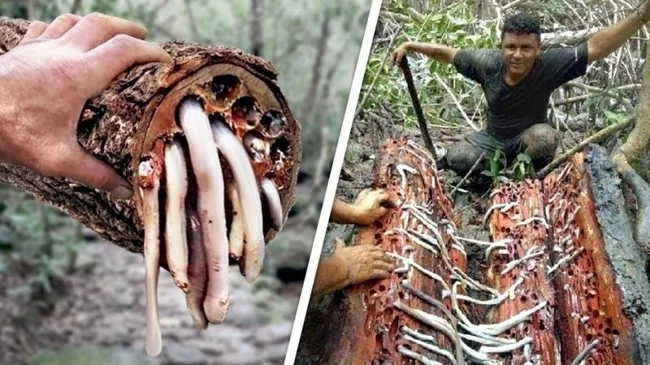
Please close this piece of wood!
Meet the shipworm. Despite all its victories in world history, this "terrible monster" looks rather comical—just a thin, spineless, gray-brown slug with a tiny cap. It has no eyes, teeth, claws, spines, or other intimidating features. But the shipworm is impressive in size: its maximum length is 50 centimeters. True, specimens half their size are usually encountered. 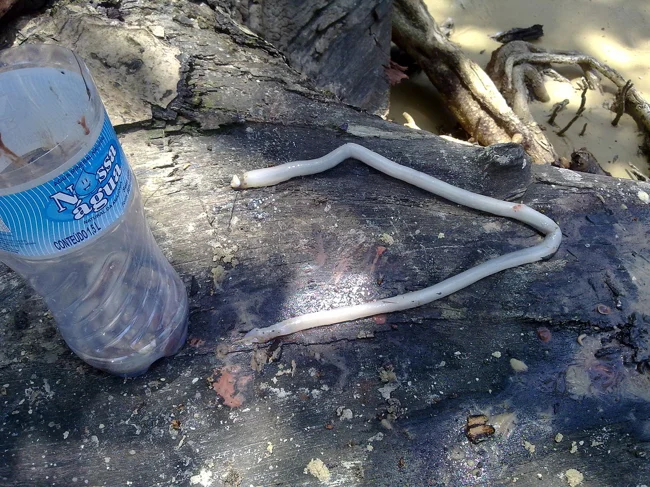
It's just cold up here on the surface. I'm usually much bigger!
Despite its name, the shipworm is a mollusk, a distant relative of mussels and scallops. But even compared to other invertebrates, the shipworm looks pathetic—it doesn't even have a real shell! How could such a defenseless creature have any impact and sink a whole bunch of ships? I don't believe it! 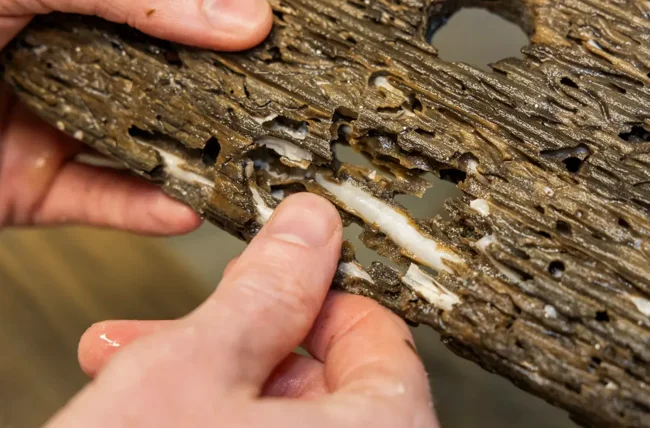
If we fear wormy apples, then ancient people feared wormy ships like the plague.
The shipworm has a little secret—that cap on its head. It's actually a modified remnant of its shell. Two valves have shrunk in size and moved to the front end of its body to become a drill. With it, the shipworm can bore holes through even the most expensive and durable wood like foam! But don't think it's deliberately harming humanity—far from it. The monster's lifestyle is as follows: before humans invented ships and learned to conquer stormy waves, the shipworm had been working as a cleaner for millions of years. 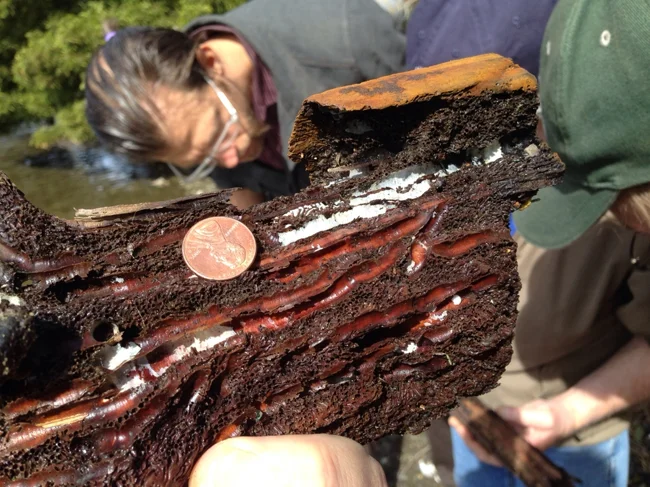
Every wrinkle and hole in the tree is the result of the persistent work of recycling wood!
It cleaned the ocean of pieces of wood carried there by rivers. Termites don't live in water, so the shipworm heroically occupied the niche of a marine woodworm. To digest the nutrient-poor cellulose, they had to enlist the help of beneficial symbiotic bacteria—they live on the mollusk's gills. The shipworm itself can't digest wood, but its symbionts can. In exchange for sawdust, they provide the shipworm with nutrients. 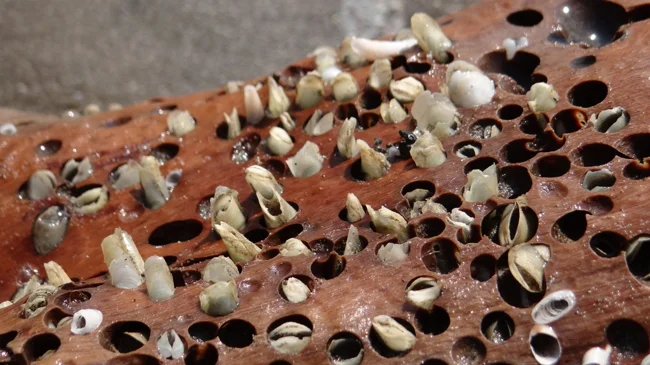
Trypophobes should step away from their screens.
And then people arrived in huge ships. The shipworm didn't care who was settling the score up there, or where tons of whole timber suddenly appeared in the water. It was just doing its job. The worms devoured any ship in a couple of months! The fleet constantly needed repairs, replacements, and reinforcements. Even planks that looked intact on the outside could be teeming with parasites on the inside! 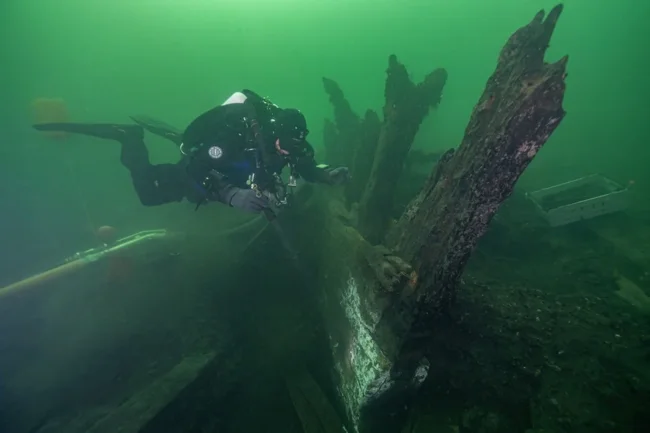
Thank you, people, for the free food delivery! The shipworm civilization is very grateful!
The shipworm penetrates the tree while still a larva. It drills a tiny hole and crawls inside, and then the fun begins. It chews its way inside, eats its fill, and simultaneously reinforces the walls of the passage with calcareous compounds. This helps keep the passageway open for breathing and reproduction. 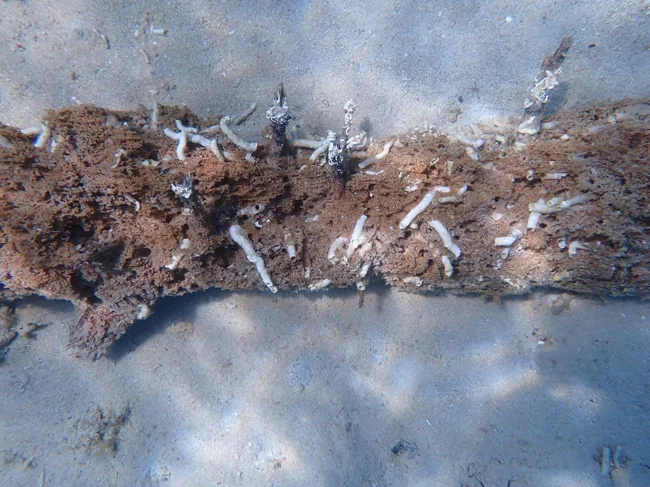
Those white things aren't the worms themselves, but their limestone "houses" inside the wood.
This also helped miners: thanks to the shashen, modern drilling rigs were invented. Their idea is not just to drill into the ground, but to immediately reinforce the hole made before moving on. This revolutionized mining, road construction, and other industrial sectors that require underground tunneling. 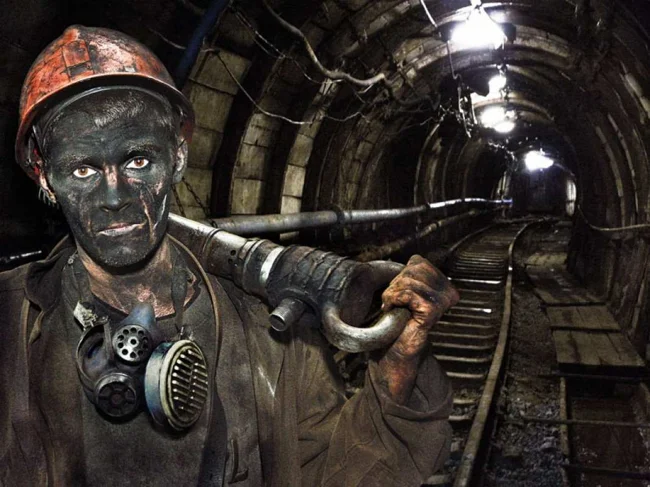
Well, thanks for the 12-hour shift underground without power! Bastards!
But the plague had a greater impact on shipbuilding. Ships infested with worms required constant repairs, broke down even in a small storm, and were shattered by cannonballs. You couldn't fight with those! No fleet had any peace from them—worms are everywhere. The mollusks multiply quickly and conquer new territories. The main requirement is a water temperature of 15 to 25°C and a salinity of at least 8%. Even some inland waters and straits meet these requirements. That's why an epidemic of shipwrecks suddenly broke out in Europe. Ships were reduced to splinters in a matter of months. 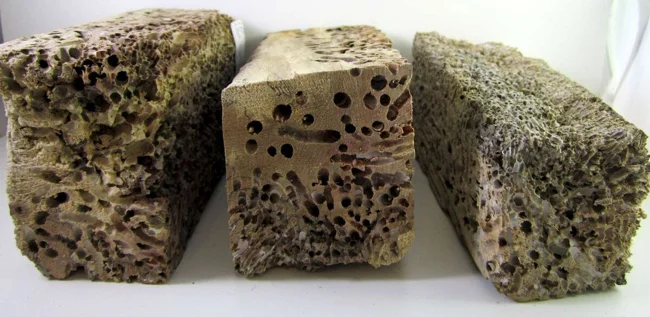
Pieces of wood eaten away by arthropods. 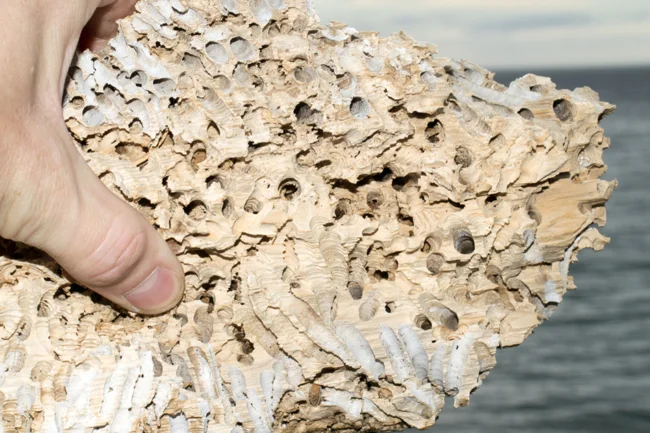
Hey, human, let's play Battleship! Ha-ha, your ship is dead!
People have tried everything to protect their ships: they've soaked the wood in resin, painted the sides with toxic paints, smeared it with grease, and covered it with another layer of wood. All in vain! Seawater washed away all the coatings, and the additional reinforcement attracted even more worms. 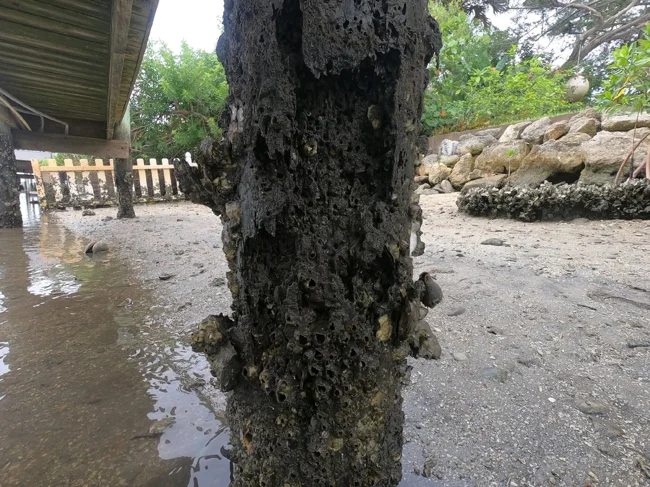
Shipworms eat more than just ships. Piers, dams, wharves—everything built of wood is destroyed and eaten away!
Everything changed when the British used technologies that were completely innovative for their time. They lined the undersides of their ships with copper sheets! The lightweight metal didn't drag the vessel to the bottom, and worms couldn't penetrate it, even in their larval stage, to reach the wood! The ships always remained combat-ready and required far fewer repairs. 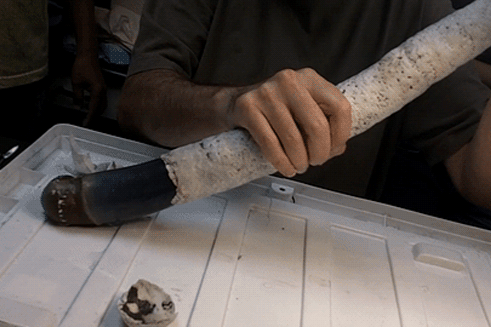
A big ship requires a big shipworm.
Thanks to this advantage, the British army completely routed the invincible Spanish Armada and seized maritime power. The English began to rule the seas, trade with distant lands, and expand their influence throughout the world. To such an extent that even today, English is considered the international language. All because of some worm!
1 comment
Add your comment
You might be interested in:










